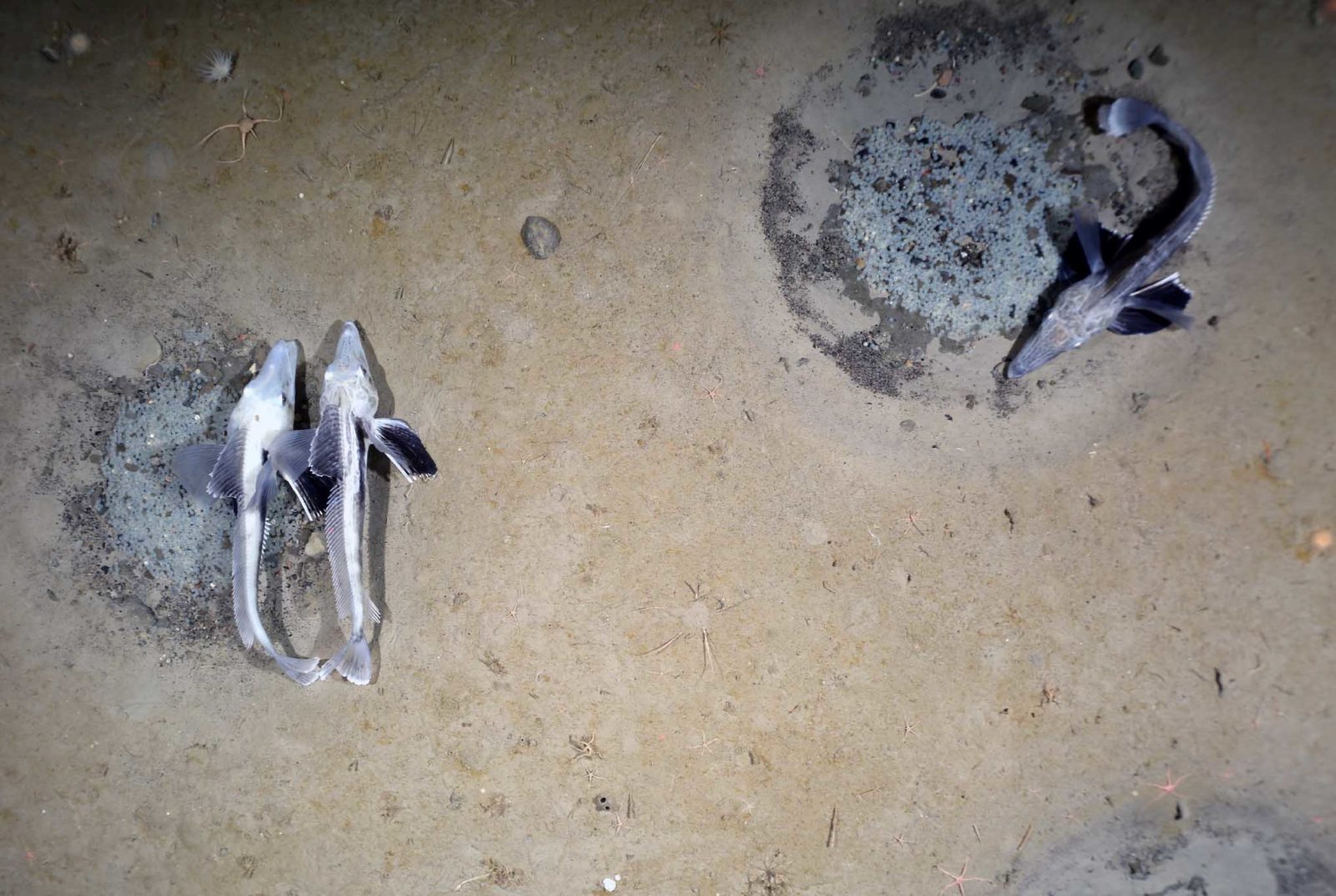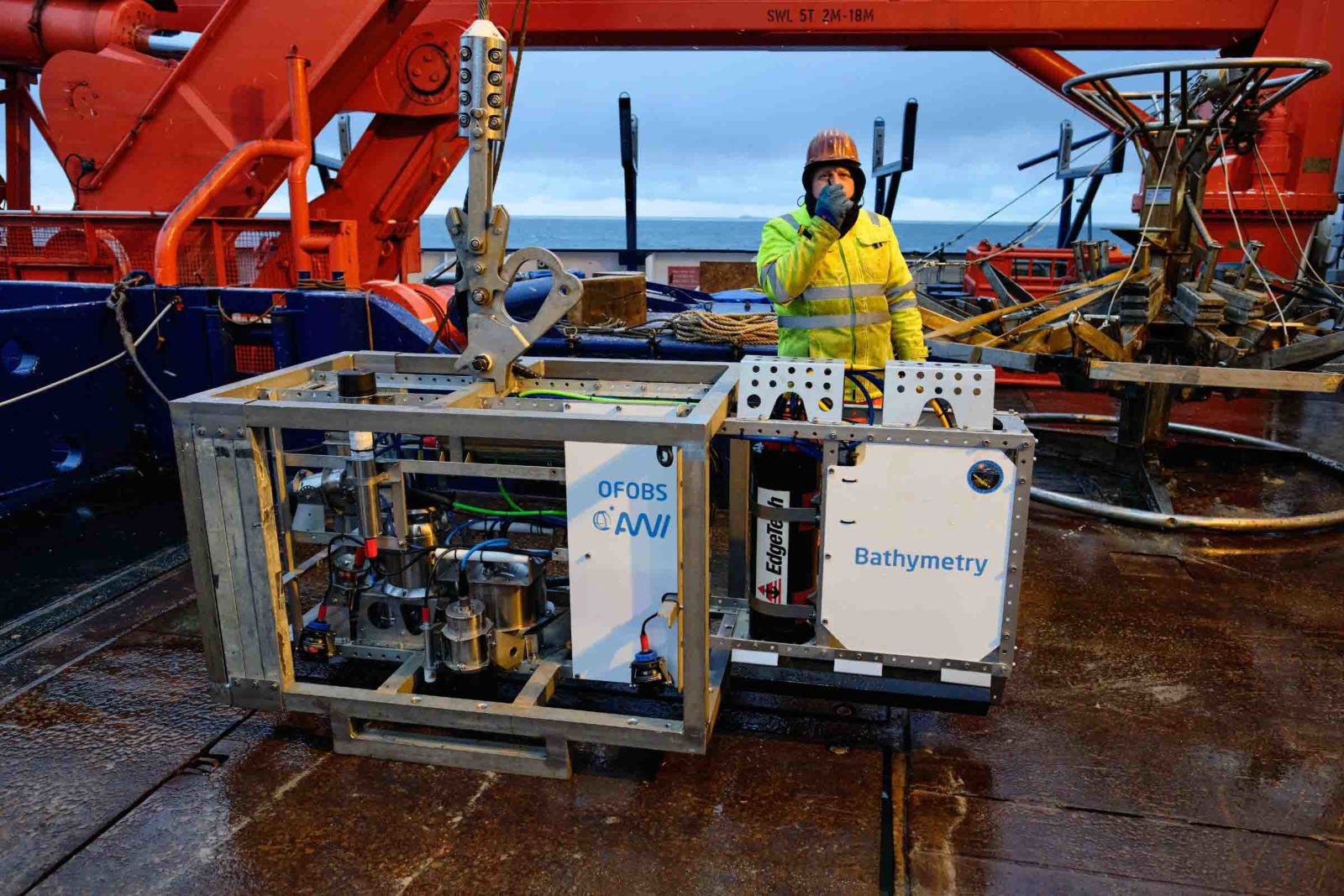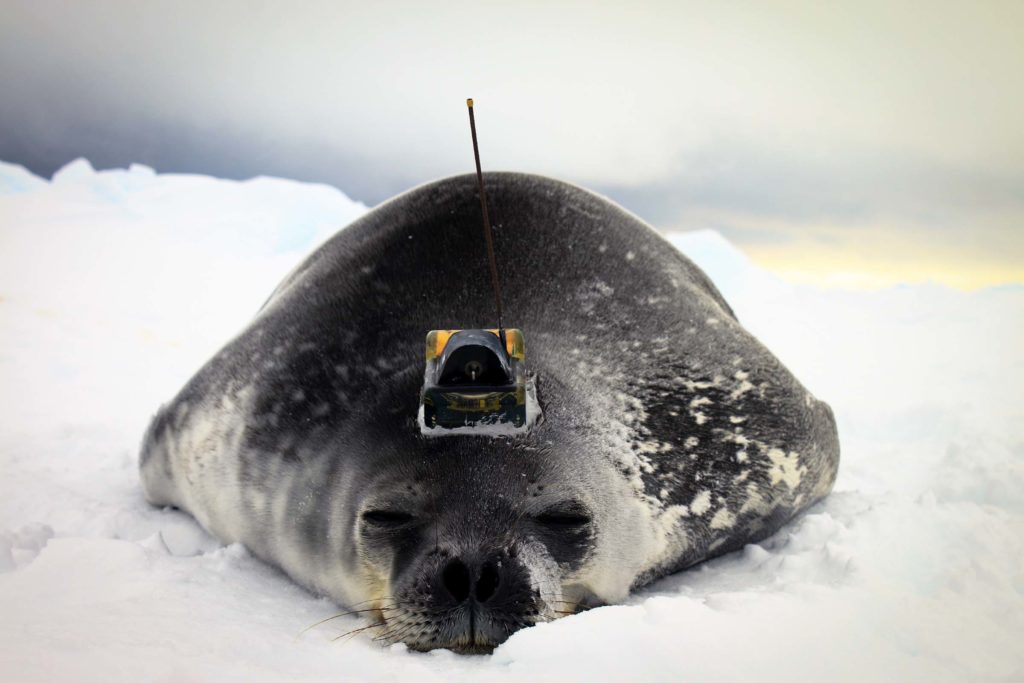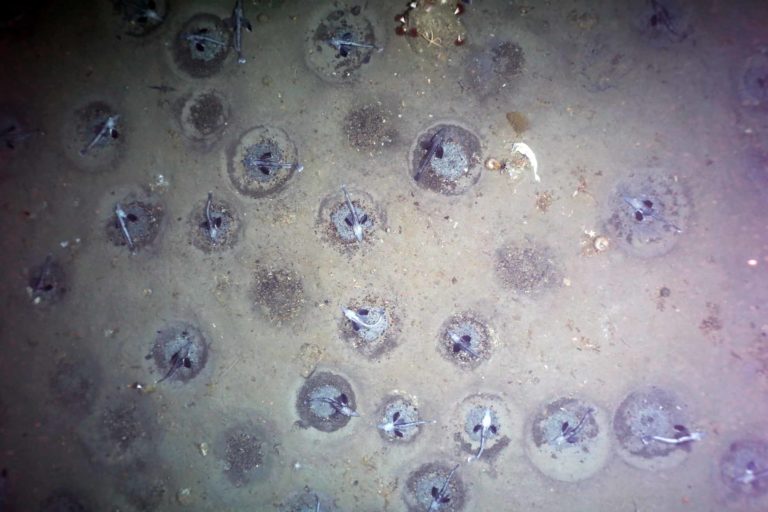It’s a jaw-dropping sight no scuba diver is likely to witness first-hand, but there has never been an underwater discovery quite like it – no fewer than 60 million crocodile icefish guarding their individual nests, concentrated in an area of Antarctica about the size of the island of Malta.
Claimed to be the world’s largest fish-breeding area, the polar spectacle has been photographed and filmed by a scientific team led by deep-sea biologist Autun Purser from Germany’s Alfred Wegener Institute for Polar & Marine Research (AWI). They were using a camera system towed by the research vessel Polarstern near the Filchner Ice Shelf in the southern Weddell Sea.
The number of Jonah’s icefish (Neopagetopsis ionah) was estimated from the density of the nests and the size of the area observed. On average there was one breeding site every 3sq m, with one to two active nests per square metre. The biomass of the colony, which stretches over an area of 240sq km, was estimated at 60,000 tonnes.
Jonah’s icefish grow to a maximum length of 56cm. Each 75cm-diameter circular nest is made of small stones standing out from the muddy seabed. Active nests contain on average 1700 eggs, and in 75% of cases these are guarded by an adult icefish. Other nests contain only eggs and some are left unused, with either a fish without eggs or a dead fish in the vicinity.
The seabed in the area is well beyond scuba-diving depths at 420-535m.


The discovery was made last February but the scientists’ report was only recently published in the scientific journal Current Biology. It has reinforced calls for the establishment of a marine protected area (MPA) in the Atlantic sector of the Southern Ocean.
“The idea that such a huge breeding area of icefish in the Weddell Sea was previously undiscovered is totally fascinating,” says Purser. “After all, the Alfred Wegener Institute has been exploring the area with its icebreaker Polarstern since the early 1980s. So far, only individual Neopagetopsis ionah or small clusters of nests have been detected here.”
The team’s Ocean Floor Observation Bathymetry System (OFOBS), a video and stills camera sledge built to withstand extreme environments, was towed on a fibre-optic and power cable 3m above the seabed at a speed of a half to 1 knot. The total number of fish was calculated from surveying more than 16,000 nests over an area of 45,600sq m.
Combining their findings with oceanographic and biological data, the scientists found that the breeding area corresponded with warmer deep water flowing from the Weddell Sea onto a higher shelf. Tracking the movements of Weddell seals fitted with transmitters revealed that 90% of their diving activities took place near active fish nests, showing that they used the area as a feeding ground.
AWI director and deep-sea biologist Prof Antje Boetius commented that the discovery showed the importance of being able to investigate unknown ecosystems before any disturbance took place. “Considering how little known the Antarctic Weddell Sea is, this underlines all the more the need of international efforts to establish a marine protected area,” she said.



“Unfortunately, the Weddell Sea MPA has still not yet been adopted unanimously by CCAMLR [the international Commission for the Conservation of Antarctic Marine Living Resources] but now that the location of this extraordinary breeding colony is known, Germany and other CCAMLR members should ensure that no fishing and only non-invasive research takes place there in future.
“So far, the remoteness and difficult sea-ice conditions of this southernmost area of the Weddell Sea have protected the area, but with the increasing pressures on the ocean and polar regions, we should be much more ambitious with marine conservation.”
Illegal fishing has been reported in the Southern Ocean, but only in more northerly areas that are ice-free all year round. The fish-nest colony can be reached only by using an ice-strengthened ship or icebreaker. Video of the icefish nesting site can be seen here.

